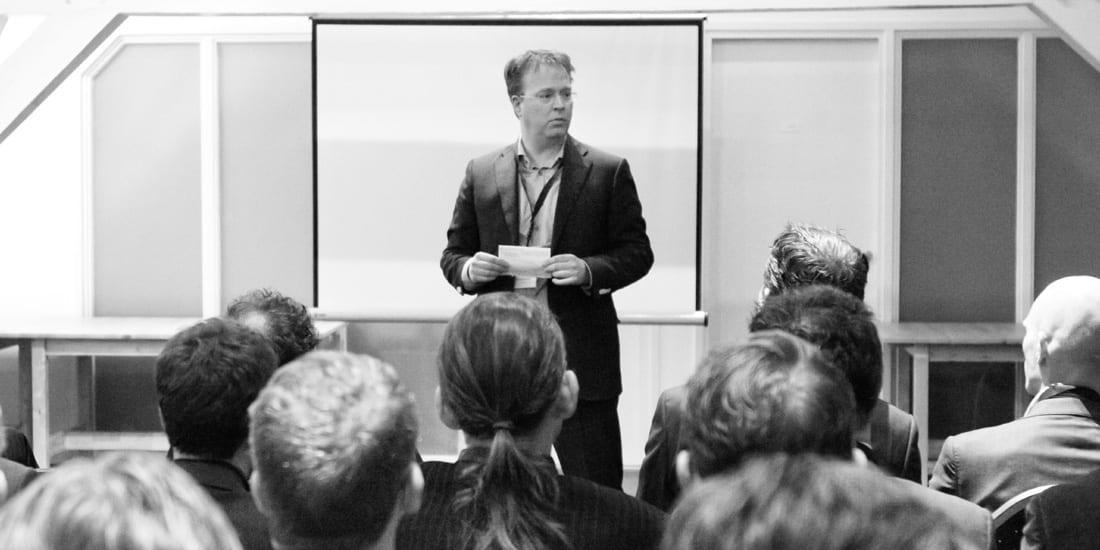
What is an Obeya?
FEATURE – In this roundup, we discuss the obeya room and use some of the best articles on the topic to explain why it’s such a powerful tool to drive improvement in your organization.
Words: Roberto Priolo, Editor, Planet Lean
Does it ever feel like, in your lean transformation, many of the difficulties you encounter are linked to the dichotomy between the horizontal flow of value across departments and the vertical silo-based organization of your company?
That’s understandable. This is a bit of a head-scratcher. Forget that customers don’t care about your internal processes and simply expect your process to flow quickly and smoothly (which require tight collaboration among business functions), and you will be in real trouble really quickly. In the same way, it’s naïve to expect to be able to create a completely flat organization that ignores the specialized knowledge each department is a repository of. So, what to do?
A way to solve this dilemma is to use an Obeya. In Japanese, obeya means “big room” – often translated as “war room” because of its function. This is a very powerful tool for facilitating teamwork and better managing projects (it is particularly popular in product development environment, but it can be used anywhere – often as “control center” for the deployment of your strategy).
In this great Gemba Coach column, Michael Ballé writes: “An obeya is clearly a tool of teamwork: helping managers in various functions solve problems across their borders. As part of a project or management team, what the obeya should give you is a clear idea of what your colleagues are working on and why (as well as why they think what they’re doing is helping) so that you can see for yourself where your own efforts help them or cause them additional trouble.”
A condition for the effectiveness of an obeya is mastery of visual management. A typical obeya room will be covered in charts, graphs, photos, and of course A3s – displaying the plan and its milestones, tracking progress against the expectations, and listing potential countermeasures to the problems identified.
In a great article for Planet Lean, Sandrine Olivencia and Régis Medina tell us about the origins of this tool: “In the early 1990s, Takeshi Uchiyamada, a Toyota Chief Engineer, was given a difficult challenge: designing the car of the 21st century, with very aggressive fuel consumption targets. In less than three years, the first hybrid car, the Prius, was brought to market – 15 years ahead of the competition. To pull off such a feat, the Chief Engineer also had to invent a new product and process development approach. He designed a new kind of visual management, which has since spread across Toyota engineering offices: the obeya.”
THE OBEYA MEANING
In their piece, Sandrine and Régis offer a new interpretation of why the obeya is such a powerful tool. They write: “An obeya is not another project management tool. The goal is neither to review progress nor to prioritize features. The goal is rather to think deeply, to talk, to argue about the main issues of the project. It’s a space for discovery.” (Discovery meaning learning how our product creates value for the customer and, subsequently, how to produce in the most efficient way.)
They go on to give us four answers that an obeya must answer in order to be considered effective. Check out the article to read about this.
In reflecting on the purpose of an obeya in another Gemba Coach column, Michael Ballé says this tool “keeps the management team’s eyes on the ball and develops teamwork”.
What should an obeya focus on, though?
Michael recommends three main topics that any obeya should explore:
- Customer complaints – “The obeya is there to create space to think about our customers and the value we offer.” (Which is perfectly in line with Sandrine and Régis’s point of view that the obeya is a tool for discovery.)
- Key performance indicators and improvement objectives (in particular, look out for a dynamic objective and completed A3s) – “Any team needs a clear way to score points collectively in order to fight the match together - any sport has devised a scoring scheme.”
- Coming changes that will affect us all – “By posting the planned changes in the obeya rooms we can start thinking about obstacles and specific issues in order to prepare teams for the change.”
- A description of key systems or technologies that must mesh together to create a full product or service: the obeya must help us understand how value is truly built-in and where the interface problems lurk, and in particular, root out the "Hail-Mary" passes hidden in our thinking that will lead to unnecessary costs and waste.
A FEW OBEYA ROOM EXAMPLES
Check out these three articles to learn how different organizations are creating and leveraging their obeyas.
- Here, Nike shares a few tips on how to create an obeya room – emphasizing the importance of trial-and-error.
- In this interview, Malika Mir tells us how Ipsen is using the “big room”
- Finally, in the video below, Dr Frederico Pinto from a Brazilian cancer treatment center shows us their Green Room and explains how it works.
THE AUTHOR

Read more


GETTING TO KNOW US – We continue our series of interviews with key Lean Global Network people with a chat with the President of Holland-based Lean Management Instituut.


FEATURE – A real understanding of Lean Thinking can only stem from an exploration of its tacit aspects, not just its most explicit, easy-to-grasp elements.


NOTES FROM THE GEMBA – The author visits the Parisian airport of Orly to learn about a pilot project (pun intended) that aims to tackle the late departure of flights using lean thinking.


FEATURE – Today we repurpose a great article published in 2016 on Japanese industry magazine Kojo Kanri that focuses on radical quality improvement at Toyota Industries Corporation.

